
Jewish moneylenders, as depicted in a 15th century Spanish illustration
In Spain, Jews and conversos were often identified with the consumption of cured fatty fowl like goose and duck. These types of cured meats were seen as a Jewish version of ham that took the place of salt pork in cooking. For this reason, Jewish adafinas (stews) were sometimes depicted cooking with cured goose or duck meat instead of salt pork.
Förmågan att få erektion när det behövs kan hjälpa till att rädda relationer samt ge den nödvändiga ökningen av självförtroende. ED-mediciner har varit kända för att verka på cirka 30 minuter. www.brablåpiller.com/att-kopa-cialis-tadalafil-billigt-i-sverige Cialis har varit ett mycket framgångsrikt läkemedel och är endast tillgängligt på recept.
The tradition of making goose or duck ham, as it is called, continues strongly in areas of Spain like the Catalan region of the Empordà. In Sefarad geese and ducks grew in the wild, but also lived in domestic flocks in virtually all geographic areas. They appear in market price lists and other Spanish texts like chronicles, legislation and literature. Large flocks of geese were kept by noble and middle-class households. One of the main concerns of the Spanish legislation from the medieval period onwards was to stipulate the fines and punishment to be endured by the watchers or owners of flocks that did damage to planted fields.
Geese were relatively easy animals to keep because they were foragers and aggressive enough to defend themselves from predators or poachers. Their meat was appreciated roasted; Spanish Inquisition records note the consumption of roast goose on the Jewish Sabbath. Duck and goose meat was fairly affordable, only slightly more expensive than chicken and far cheaper than mutton, which was the most expensive meat. Ducks and geese were also kept for their eggs and their feathers, which were useful for making writing pens and for stuffing mattresses, covers and pillows. In addition, they were rich sources of fat, which was rendered and could be kept in a cool place for a long time or could help preserve other foods. Preservation in fat was a popular method of keeping food for long periods of time without fear of spoilage because the fat prevented air from coming into contact with the foods.
Links for Further Exploration
- Sephardic Studies at the University of Washington – Explore more Sephardic history and culture through articles and digital artifacts at the Stroum Center’s Sephardic Studies Program page.
- JewishStudiesHUB – Explore our innovative blog page with fresh views on Jewish topics by UW faculty and students. You can also access video clips and view new media projects.
© Ana Gomez-Bravo, 2014
The Converso Cookbook
Hamming It Up
The cured goose known to Sephardim as “Jewish ham” appears in Spanish poetry of the Inquisition period.
Spanish Comendador Román wrote a poem criticizing his rival, converso Jewish poet Antón de Montoro, in the city of Córdoba around the second half of the 15th century. Román says that Montoro, as a true Jew, will eat
“adafina de ansarón [cured goose adafina] /
que coció toda la noche [that cooked all night] /
sin tocino [without salt pork]”
Is this an Inquisition-era version of the saying, “you are what you eat”?
Source: “Con pura malenconía”
Sephardic Studies
Explore Sephardic history and culture more at the Stroum Center’s Sephardic Studies Program page.
Cured Goose Recipe
Learn how to cook “Jewish ham”

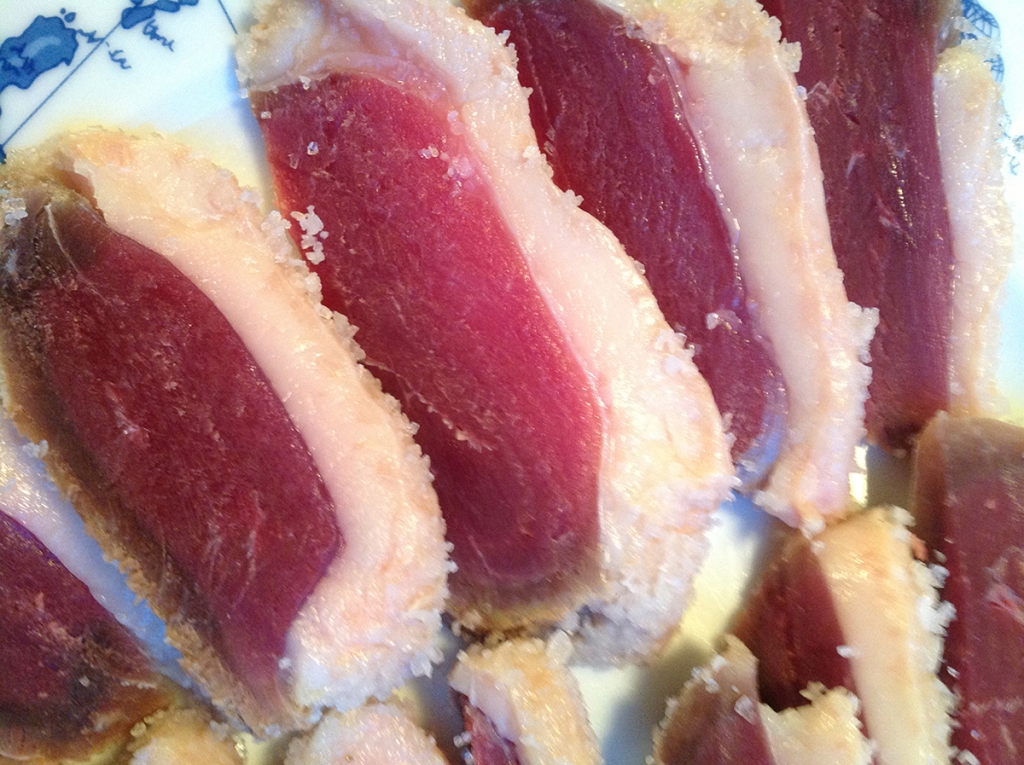
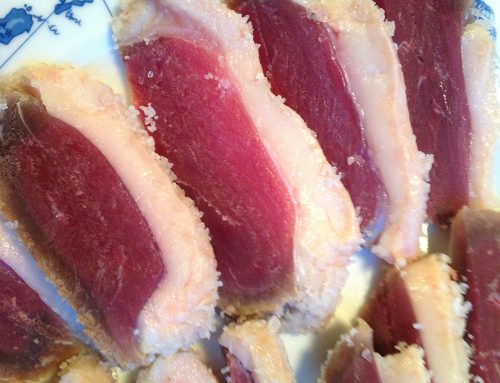
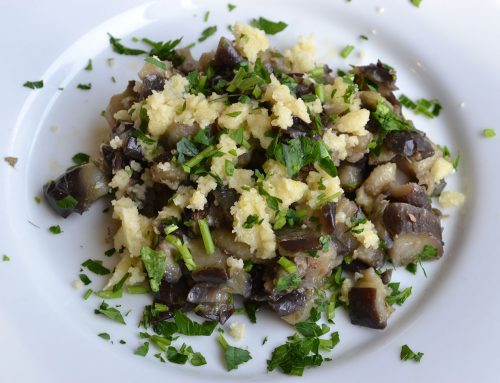

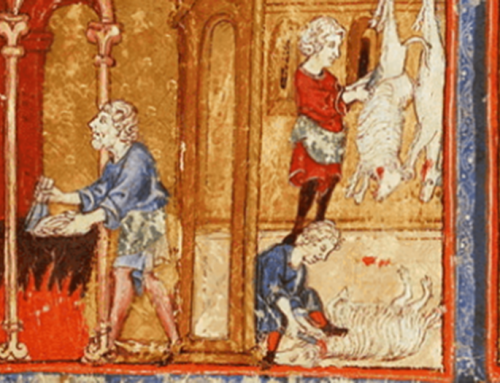
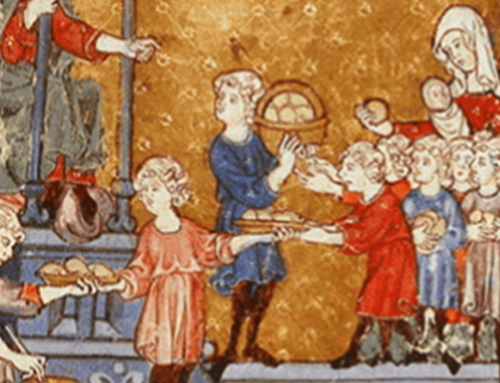
Leave A Comment